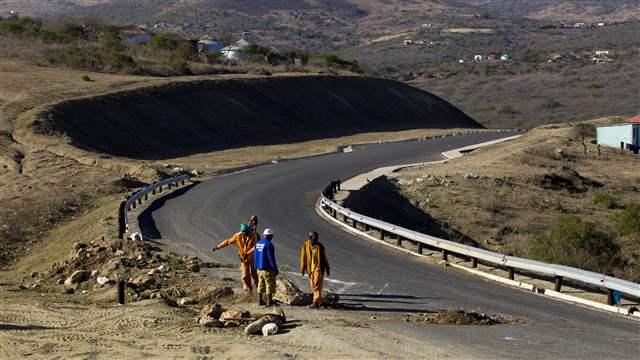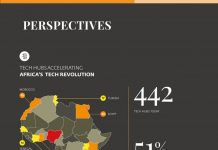Since 2009, infrastructure financing to Africa has seen unprecedented growth, thanks largely to Chinese financing, official development financing, private participation in infrastructure (PPI) investments, and the domestic resources of national African governments.
However, argue Brookings Institution senior fellows Jeffrey Gutman and Amadou Sy, this financing is still not enough to meet the estimated $93 billion gap in the continent’s infrastructure needs. Moreover, they contend, while infrastructure financing has seen massive growth, an understanding of what that growth looks like has been lacking. Specifically, what countries and sectors still aren’t getting the attention they need? Is the current global governance on this financing sufficient? Where are efficiency and sustainability gaps? Is there a balance between regional, national, and sub-national infrastructure?
In their paper, “Financing African Infrastructure: Can the world deliver,” summarized in an April 8 post at Brookings’s ‘Africa In Focus’ blog site, Gutman and Sy explore these questions and identify five major trends and four areas of great concern with respect to infrastructure financing in Africa. They counsel that policymakers, private sector actors, multilateral banks, and other stakeholders need to be aware of the complexities surrounding current financing and begin to coordinate as financing continues to shift.
Trend 1: There has been a major surge in external financing in the last decade, but its composition looks much different now.
Trend 2: The importance of PPI and non-ttraditional sources has grown.
Trend 3: Traditional multilateral banks still remain relevant in sectors and subsectors.
Trend 4: Overall external commitments as a share od GDP indicate a surprisingly reasonable distribution by country.
Trend 5: Domestic (budget) financing remains the largest source of African infrastructure financing.
Gutman and Sy identify four areas of major concern in the African infrastructure financing landscape.
1. In accessing needs and financing, sub-national/urban infrastructure is largely ignored at a time of rapid population growth and intense urbanization across the continent;
2. Emphasis on facilitating projects has ignored governance, coordination, and efficiency gains in infrastructure;
3. Complementarity in financing across sources, countries, and sectors is purely serendipitous;
4. Traditional coordination mechanisms are ill-suited in the new economic environment with new and multiple stakeholders.
Given these trends and concerns, Gutman and Sy recommend that African governments build on existing institutional structures and functions rather than invent new institutions to enhance collaboration and coordination across traditional and non-traditional sources of finance; promote regional guidance of investment practices for economic, social, environmental sustainability; extend opportunities for private investment beyond the telecom sector to a broader range of countries; improve public financing support, including sub-national/urban finance and investment; and focus on broader sectoral governance reform opportunities.













